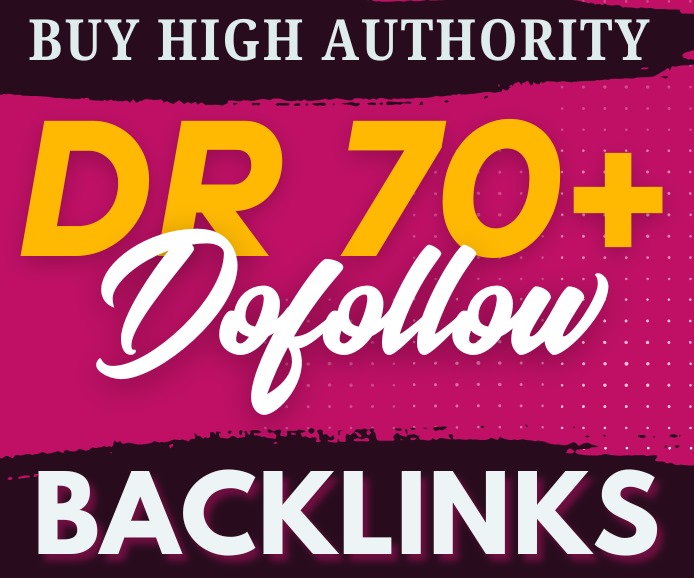A fancy layout? Cool animations? A sleek mobile look? Well, you’re not wrong—but that’s just scratching the surface. In today’s digital-first world, web design is more than just pixels on a screen. It’s your brand’s first impression, your virtual salesperson, and often, the difference between success and obscurity. Let’s dive into everything you need to know about web design in 2025 and beyond.
What is Web Design?
At its core, web design is the process of planning, conceptualizing, and arranging content on a website. But it’s not just about how things look—it’s about how they work. Good web design combines visual aesthetics, user experience (UX), and functionality to create a seamless journey for visitors.
Why Web Design Matters in 2025
We’re living in a world where attention spans are shorter than ever, and competition is just a click away. Your website has less than 3 seconds to impress. If it’s not engaging, fast, or user-friendly, visitors will bounce faster than you can say “refresh.” That’s where quality web design shines. It captures attention, builds trust, and converts visitors into loyal customers.
First Impressions Are Digital Now
Think of your website as your digital storefront. Would you shop at a store that’s cluttered, hard to navigate, or slow to open? Probably not. The same goes for websites. Web design plays a massive role in how people perceive your brand. A clean, modern layout sends the message: “We’re professional. We care. We’re legit.”
The Essential Elements of Great Web Design
A successful website balances form and function. Here’s what that looks like:
Layout & Structure
A well-organized layout keeps users from getting lost. It guides them through your site like signs in a shopping mall—efficient and clear.
Visual Hierarchy
This refers to how elements are arranged to show importance. Bigger headlines? Bold colors? That’s hierarchy. It’s what tells users, “Look here first.”
Grid Systems
Designers use grids to keep things neat. It’s like a blueprint—ensuring everything lines up and makes sense.
Color Schemes
Colors aren’t just pretty—they evoke emotions. Blue builds trust, red creates urgency, green promotes peace. The psychology of color is a huge part of effective web design. Stay consistent with your brand colors and use contrast to highlight key elements like buttons or calls to action.
Typography
Fonts can make or break your site. Choose fonts that are: Easy to read, Consistent across pages, Scalable for mobile screens. Also, avoid using more than two or three font styles—it gets messy fast.
Imagery and Visuals
People are visual creatures. Use high-quality images that represent your brand or product. Better yet—ditch generic stock photos and go custom when you can. Add videos, animations, or infographics to spice things up.
User Experience (UX) is King
Design isn’t just about looks—it’s about feel. How users interact with your site is everything.
Mobile Responsiveness
Over 60% of traffic now comes from mobile. If your website isn’t responsive, you’re ignoring most of your audience. Modern web design demands mobile-first thinking.
Site Speed
Slow load times kill conversions. People won’t wait more than a few seconds. Optimize images, use caching, and avoid heavy scripts.
Accessibility
Design for everyone. Use readable fonts, add alt text to images, ensure color contrast, and make navigation possible via keyboard.
SEO and Web Design: A Power Combo
Want to rank on Google? Your design needs to play nice with search engines.
Clean Code
Poorly written code slows down your site and confuses crawlers. Use lightweight, optimized code for better SEO performance.
Internal Linking
Connect your content logically. Think of it like creating a map—Google and users love clear paths.
On-Page Elements
Meta tags, heading tags, image alt text, and fast mobile performance are all must-haves in modern web design.
Popular Web Design Trends in 2025
Let’s talk style. These are the hottest web design trends taking over the digital world:
Minimalism
Less is more. Clean spaces, fewer words, and focused content reduce overwhelm and increase engagement.
Dark Mode
Easy on the eyes, modern, and energy-efficient—dark mode is more popular than ever.
Interactive Design
Animations, scrolling effects, and hover interactions make your website more engaging without being too flashy.
Common Web Design Mistakes to Avoid
Even with the best intentions, it’s easy to mess up. Here’s what to steer clear of:
Cluttered Layouts
Too much content or too many elements confuse visitors. Keep it clean and to the point.
Ignoring Mobile Users
If your site isn’t mobile-friendly, it’s basically invisible to a huge portion of the web.
Overusing Fonts and Colors
Stick to a cohesive style guide. Don’t make your website look like a rainbow exploded.
How to Build a Website: Step-by-Step
So you’re ready to create your website? Here’s the process:
Step 1: Plan Your Site
Know your goals. Are you selling a product? Promoting a service? Educating an audience? This affects everything from layout to content.
Step 2: Sketch a Wireframe
Use tools like Figma, Sketch, or even pen and paper. Map out the basic layout of your pages.
Step 3: Choose a Platform
Pick a CMS or builder: WordPress: Powerful and flexible. Wix: Beginner-friendly. Webflow: Great for designers who hate coding.
Step 4: Design and Develop
Bring your wireframe to life. Add content, style it, and test it on all devices.
Step 5: Launch and Optimize
Go live—but don’t stop there. Analyze traffic, fix bugs, and keep improving your design based on feedback.
Best Tools for Web Design
Want to create stunning websites? These tools can help: Figma – Design interface mockups. Canva – Quick graphics and branding. Google Fonts – Free, web-safe typography. Unsplash – High-quality free images. PageSpeed Insights – Performance audits.
Should You Hire a Web Design Agency?
If DIY isn’t your thing, hiring a web design agency might be your best move. They bring: Experience across industries. SEO + design knowledge. Faster turnaround times. Ongoing support and maintenance. Yes, it’s an investment—but one that pays off long term.
Final Thoughts
Your website is often the first (and sometimes only) chance to impress a customer. That means web design isn’t optional—it’s mission-critical. Invest in quality design, stay updated with trends, and always put the user first. Whether you’re starting from scratch or revamping a decade-old site, remember: a well-designed website is your best digital salesperson.
FAQS
1. What’s the difference between web design and development?
Web design focuses on the look and user experience, while development handles the technical side—like coding and backend logic.
2. How long does web design take?
It depends on the complexity. A simple site might take 1–2 weeks, while custom sites can take 4–8 weeks or more.
3. How much does professional web design cost?
Prices range widely—from $500 for a basic site to $10,000+ for custom, high-end builds.
4. Can I do web design myself?
Yes! Platforms like Wix or WordPress make DIY web design easier than ever. But for high performance, hiring a pro can be worth it.
5. How often should I redesign my website?
Every 2–3 years is a good rule of thumb—or sooner if your branding, services, or tech needs have changed.




